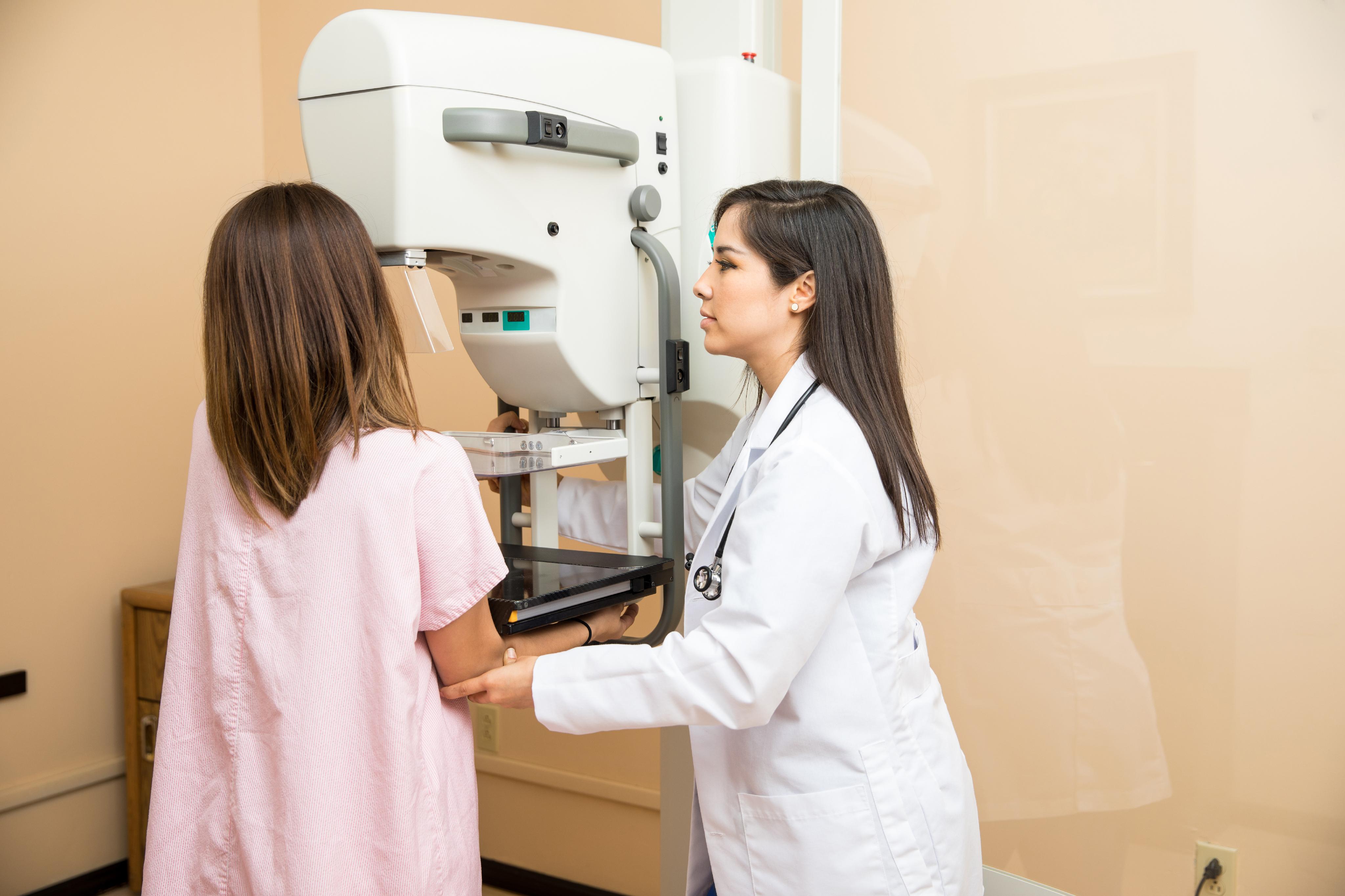
know About
Mammography
Mammography is a crucial imaging technique used to examine the breast tissue for signs of abnormalities, including breast cancer.
Mammography is an X-ray-based imaging test specifically designed to visualize the internal structures of the breast. By taking detailed images of the breast tissue, mammography helps in identifying and diagnosing potential issues before they develop into more serious conditions.










